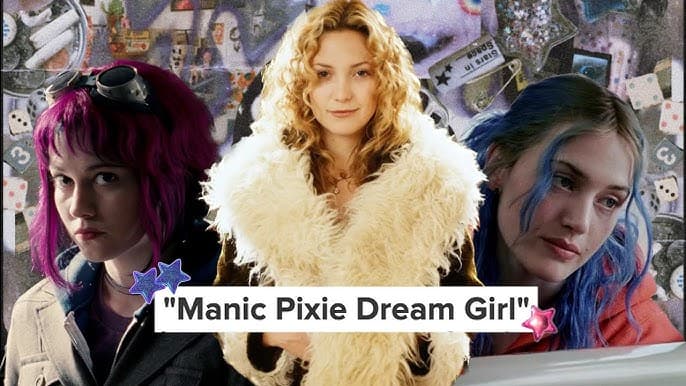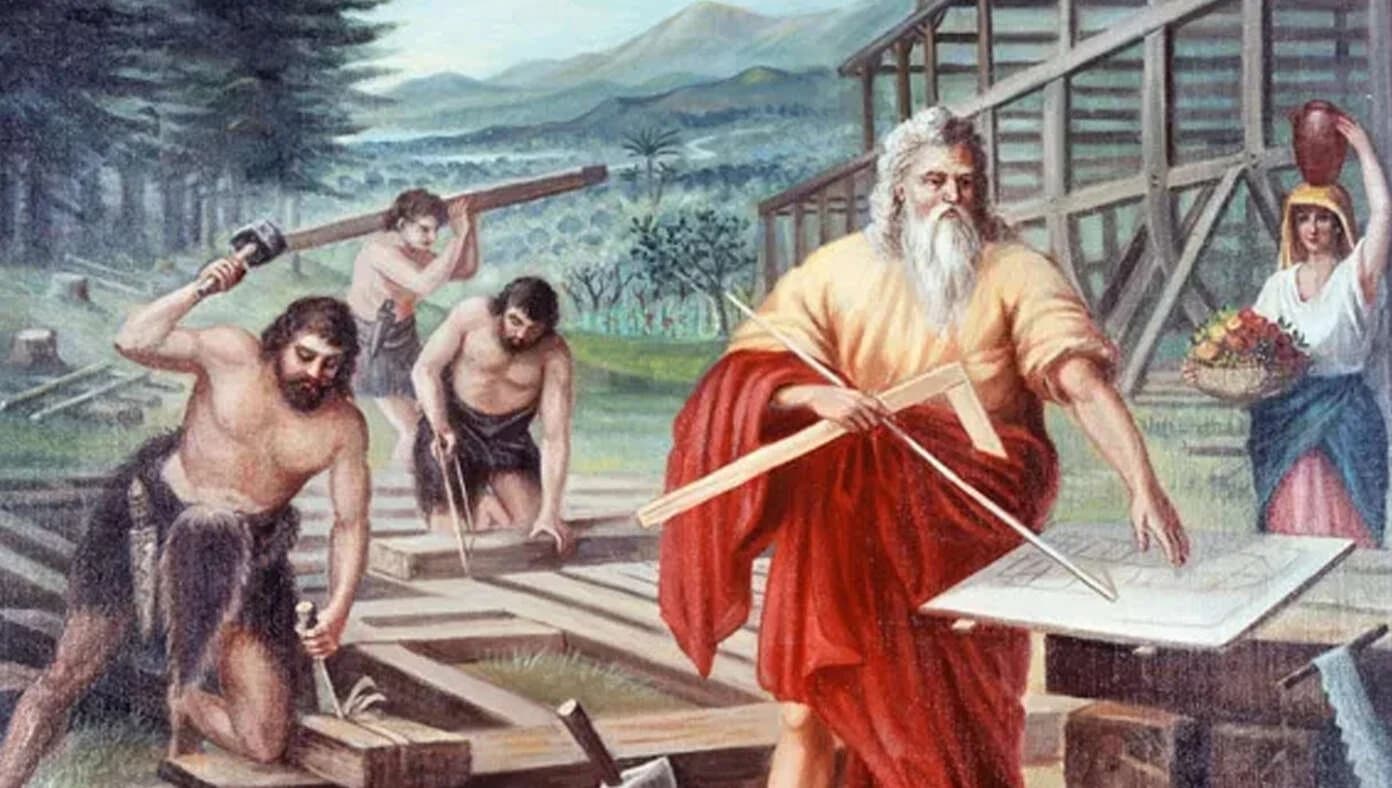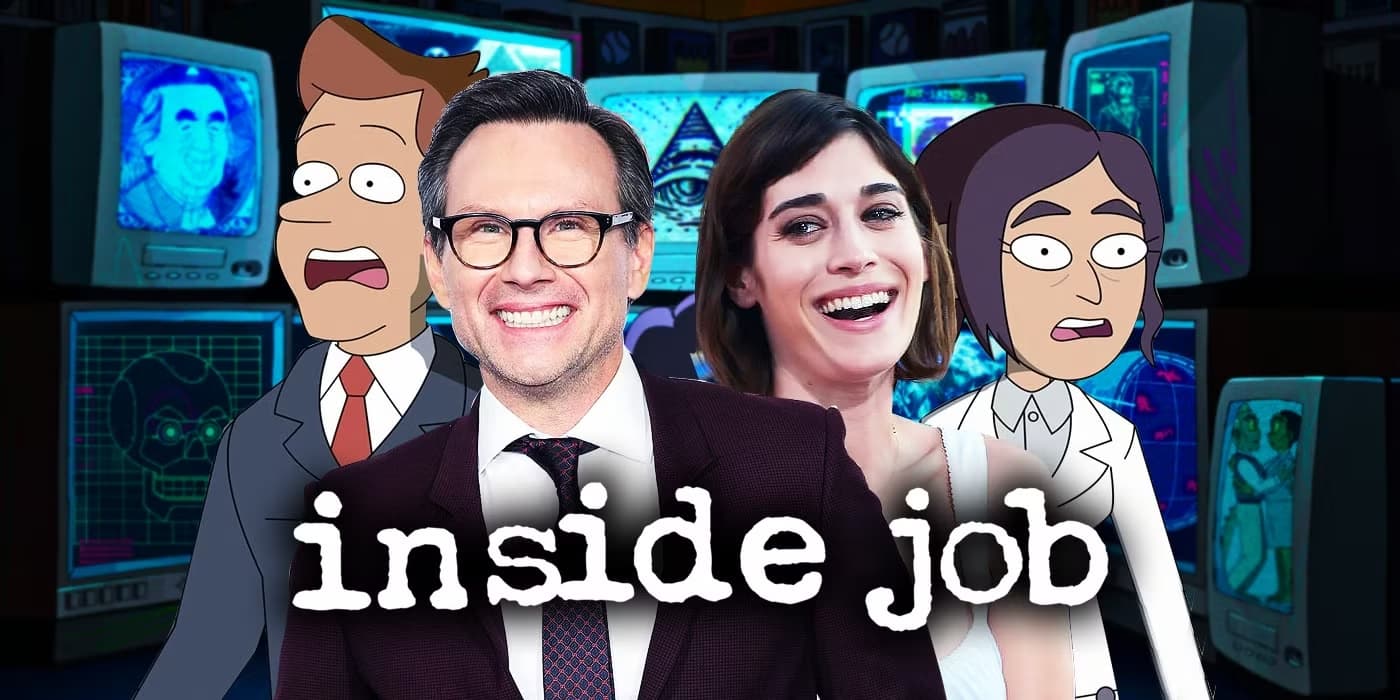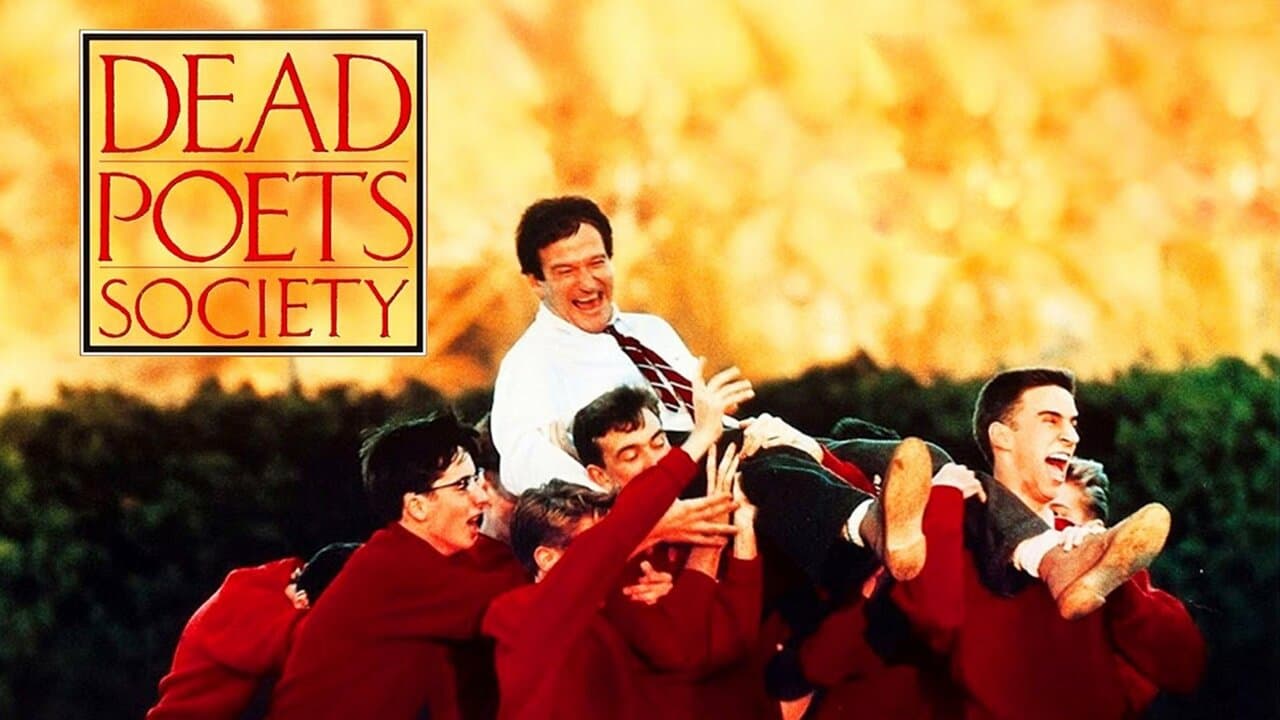PIECES OF ME-DIA
This is where I collect the little fragments of art that have shaped me - films that kept me up thinking, poems that whispered truths I didn't know I needed, books that opened windows to other worlds, and stories that still linger long after the last page. They may look like pieces of media, but together, they're pieces of me.

In Defense of the Dream Girl
The term Manic Pixie Dream Girl (MPDG)-coined by Nathan Rabin after Kirsten Dunst's character in Elizabethtown-refers to women who seemingly exist only to inspire a male protagonist's growth. They're portrayed as whimsical, ethereal, and mysterious, yet often stripped of real depth or agency.
Ironically, though born from feminist critique, the term has since narrowed how female characters are perceived-punishing those who aren't overtly "strong" or "independent." That it came from a male critic eager to categorize women should've been a red flag.
So here I stand, in defense of these so-called dream girls-not as flat archetypes, but as complex characters too often misunderstood by the very narratives that claim to define them.
Beyond the Dream Girl: Rethinking Claire in The Bear
The Bear follows Carmy, a chef returning to Chicago to rebuild his late brother’s sandwich shop while battling grief. Claire - his childhood friend and an ER doctor - offers calm in his chaos, yet many dismissed her as a Manic Pixie Dream Girl (MPDG).
But her “perfection” reflects Carmy’s projection - his craving for stability he can’t sustain. The MPDG label, overused, flattens women into types. Not every woman must be bold to be real; quiet strength and tenderness are depth too. True independence is the freedom to be imperfect and human.


The Virtue of Perseverance
In modern media, persistence without success is often mocked-ambition without results seen as delusion. Yet across spiritual and cultural traditions, perseverance is celebrated as the essence of growth.
From Noah and Moses in the Bible to Siddhartha and Milarepa in Buddhism, faith and endurance transform struggle into meaning. Even Greek myths-of Icarus, Daedalus, and Prometheus-reflect the human urge to strive, risk, and sacrifice for progress.
What today's narratives dismiss as futility is, in truth, the heartbeat of progress: perseverance shapes resilience, deepens purpose, and defines what it means to be human.
The Cost of Opacity
Opacity breeds mistrust-and often, disaster. The BBC's The Lazarus Heist exposes how North Korea's hidden cyber networks enabled global thefts, while Inside Job (2010) links the 2008 financial collapse to opaque Wall Street dealings. Enron: The Smartest Guys in the Room reveals how deception destroyed a corporate giant.
Across contexts, the message is clear: when transparency disappears, systems decay and society pays the price. Transparency isn't just virtue-it's protection.


The Necessity of Art
Art is not decoration-it's how we see, feel, and grow. Perfect Blue exposes the fracture between identity and performance; Dead Poets Society and Whiplash reveal that creativity demands both freedom and pain. In My Name Is Asher Lev, art becomes a struggle between faith and truth, while Patti Smith's Just Kids shows it as a lifeline binding people through creation.
Across every form, art proves essential-not just to beauty, but to our humanity. It fuels ambition, shapes empathy, and keeps the spirit alive.